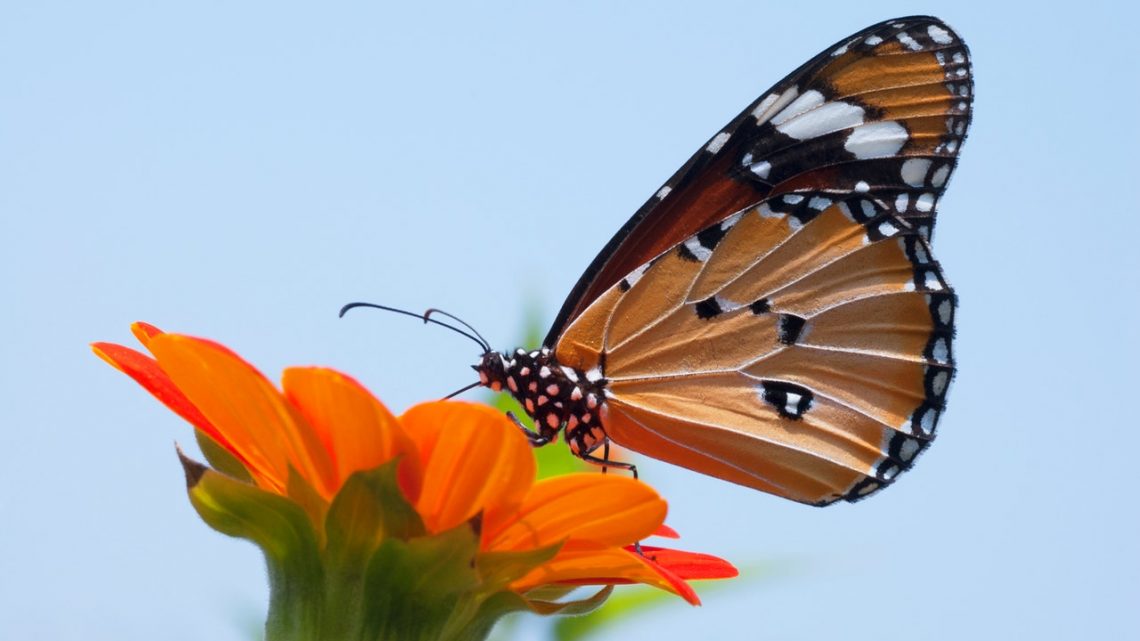
Seven Macro Photography Tips
17th November 2021
Macro photography opens up doors to seeing with clarity a world that’s too small to normally be explored by the human eye. A true macro is a picture that has a magnification ratio of 1:1 or higher. It’s a professional quality shot that can require both experience and equipment to shoot.
Popular subjects among macro photographers include nature, insects, flowers, and other subjects that are too small to be picked up by generic lenses or a smartphone. If you want to learn how to shoot macro pictures, then you’ll first need to understand what a macro shot is.
What is Macro Photography?
Taking any picture of a small object, or a close up view of flower, won’t constitute as macro photography. In a true macro, the details in the subject are presented with complete clarity, usually against a contrasting or complimenting background. Essentially, it’s the level of magnification in the picture, which helps to determine whether it’s a true macro shot or not. The ideal magnification ratio is 1:1, meaning that an object sized one inch is shot on a camera that has a one inch camera sensor. Anything equivalent to, or higher than a 1:1 magnification, is considered a true macro.
Macro photography can be done on both cameras and DSLRs. But to shoot a true macro, you’ll need the right equipment and accessories. This is as a standard camera or a DSLR, may not be adept at helping you to shoot macro shots with perfect clarity.
Some cameras and DSLR’s however, do come with macro modes. These allow you to automatically adjust the lens on your device, to make your subject appear closer to the camera’s sensor. This helps you focus on smaller objects better.
Here is everything you need to know if you want to start clicking professional macro shots:
Seven Ways You Can Improve Your Macro Photography Skills

To be good at macro photography, you’ll need to learn how to choose the right subject, and then learn how to bring them to life through your pictures. These seven tips will help you to become a better macro photographer:
1. Invest in a Good Macro Lens
A good macro lens is essential for a good macro photographer. This is as standard camera lenses can’t provide you with a 1:1 magnification, which is needed for true macros. As a beginner you’ll come across macro lenses that are anywhere between 80mm to 100mm. A good macro lens can help you to shoot macros at 1:1 magnification, or even higher.
2. Get the Right Accessories
An extension tube can be crucial for getting several shots, when it comes to macro photography. An extension tube is like an accordion-like extension to the camera, that allows you to move your lens closer to your subject. This can be necessary in some cases, such as when you need to ensure that finer details in your composition is brought to focus.
Another accessory you can consider getting, is a diopter. This is an accessory that works like a magnifying glass, that you can screw on top of a regular lens. Lens adapters are also a great accessory for macro photographers. These allow you to manually control your aperture, as well as reverse your lens.
3. Don’t Ignore the Background
Although your subject is the most important part of your macro picture, you can use the background to compliment your subject. This is something macro photographers often do, to try to bring out finer details in their shots. While shooting a piece of jewelry for example, you can consider placing it on a background that helps the subject to stand out.
Although you may not have such control over subjects you click on nature, consider always keeping am eye out for interesting backgrounds, to add fresh perspectives to your shots.
4. Shooting Living Subjects
Shooting living things, such as a butterfly or a frog, can be difficult if you don’t know what they’re doing. This is as the subject can get startled if you appear too close to it. This is why you should consider using a longer focal length when shooting them. This allows you to digitally move closer towards your subjects, while you can maintain a safe distance from them, in real life.
5. Balancing Your Depth of Field
As a macro photographer, you’ll need to learn how to balance the sharpness in a picture, with the depth of field. If the aperture you use is too small, then the resulting sharpness in your macro shot could be affected. This is caused due to the reduced and diffracted light. Conversely, if your aperture is too large, then your depth of field is lowered. This can lead to blurriness in areas, in your final shot.
The key is to attempt to shoot from an angle that allows you to maintain a single plane of focus. This allows the subject to remain sharp. Then, keep increasing your aperture till you find the largest aperture where there is no blurriness in the picture.
6. Lighting and Composition
You can add artificial lighting to support your exposure settings, when clicking macro shots. Many macro photographers recommend making use of ring lights. These enable you to use smaller apertures, as well as faster shutter speeds, when clicking your shot.
You should also consider the composition of your macro. This is important, as cropping your picture could result in a reduction in its quality as well. The solution is to increase your subject magnification when you shoot or to use a program like Gigapixel AI (https://www.topazlabs.com/gigapixel-ai) to increase your photo’s resolution and quality with minimal artifacts. This may allow you to keep the original image resolution, in the final picture.
7. Your Point of Focus
Consider planning out what your point of focus will be, before you click your macro shot. This can help you to improve the overall composition of your picture. You can think about learning how to focus on different parts of a frame, manually. This will enable you to improve your skills in macro photography.
Another useful skill you should consider learning is how to change your focus, to get different perspectives in your shot. This will allow you to click more interesting macro shots.
Conclusion

With the right equipment and accessories, you’re half-way there, on the road to becoming a great macro photographer. Use these tips and tricks to improve your skills, and click great macro pictures, anytime and anywhere!
Thanks to Dreamstime.com for the amazing stock photos!

After reading the articles on my website, you would be quite likely thinking about the brain behind this information. It will be better to inform that one person could never create, update and maintain such a big website. Although people like to call me as the owner of this information portal, I would like to describe myself as a geek trying to help others.




